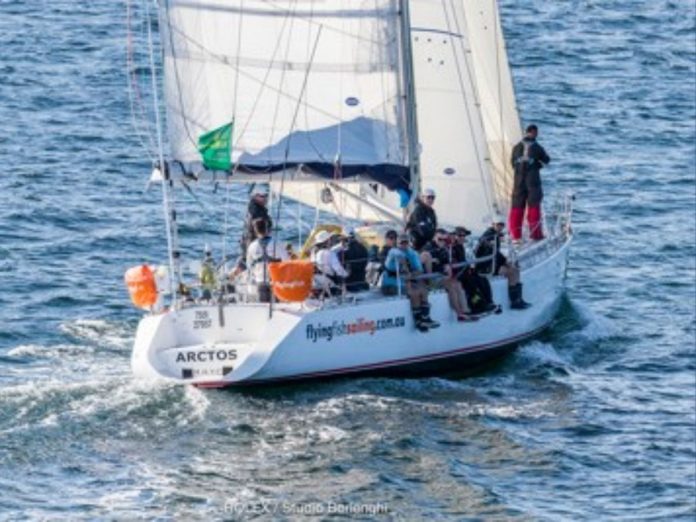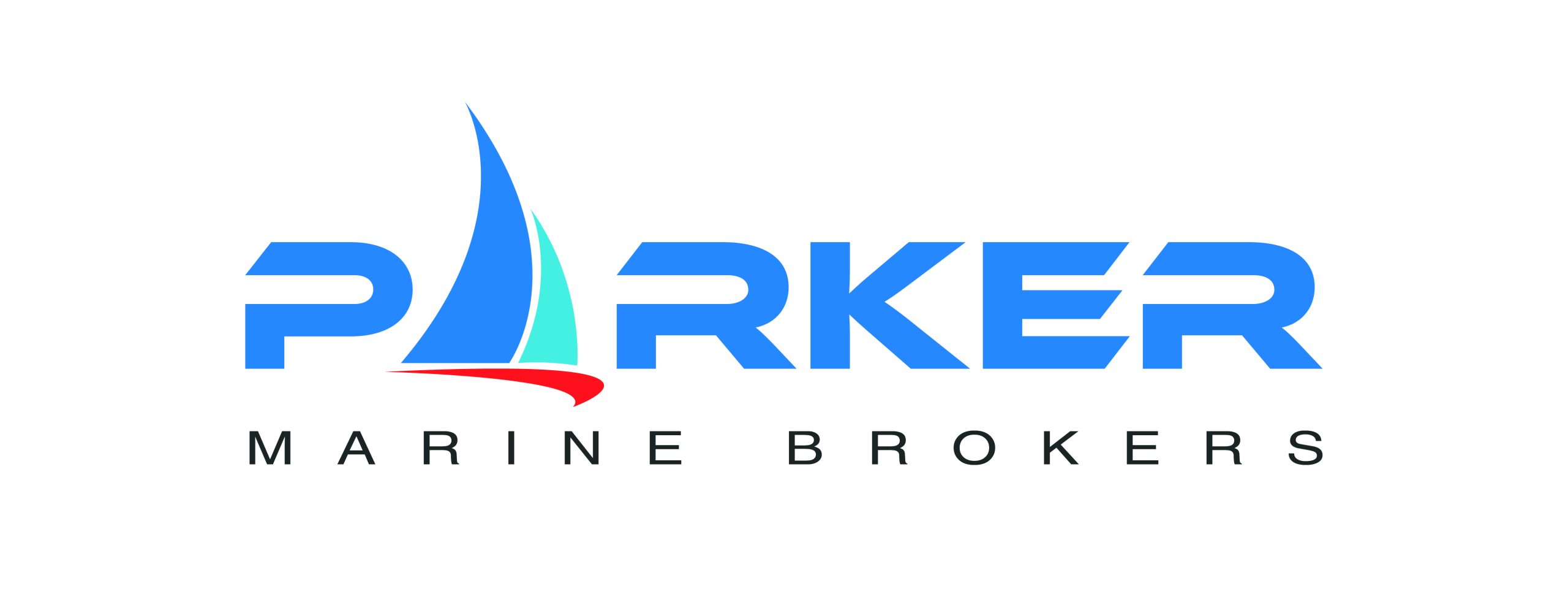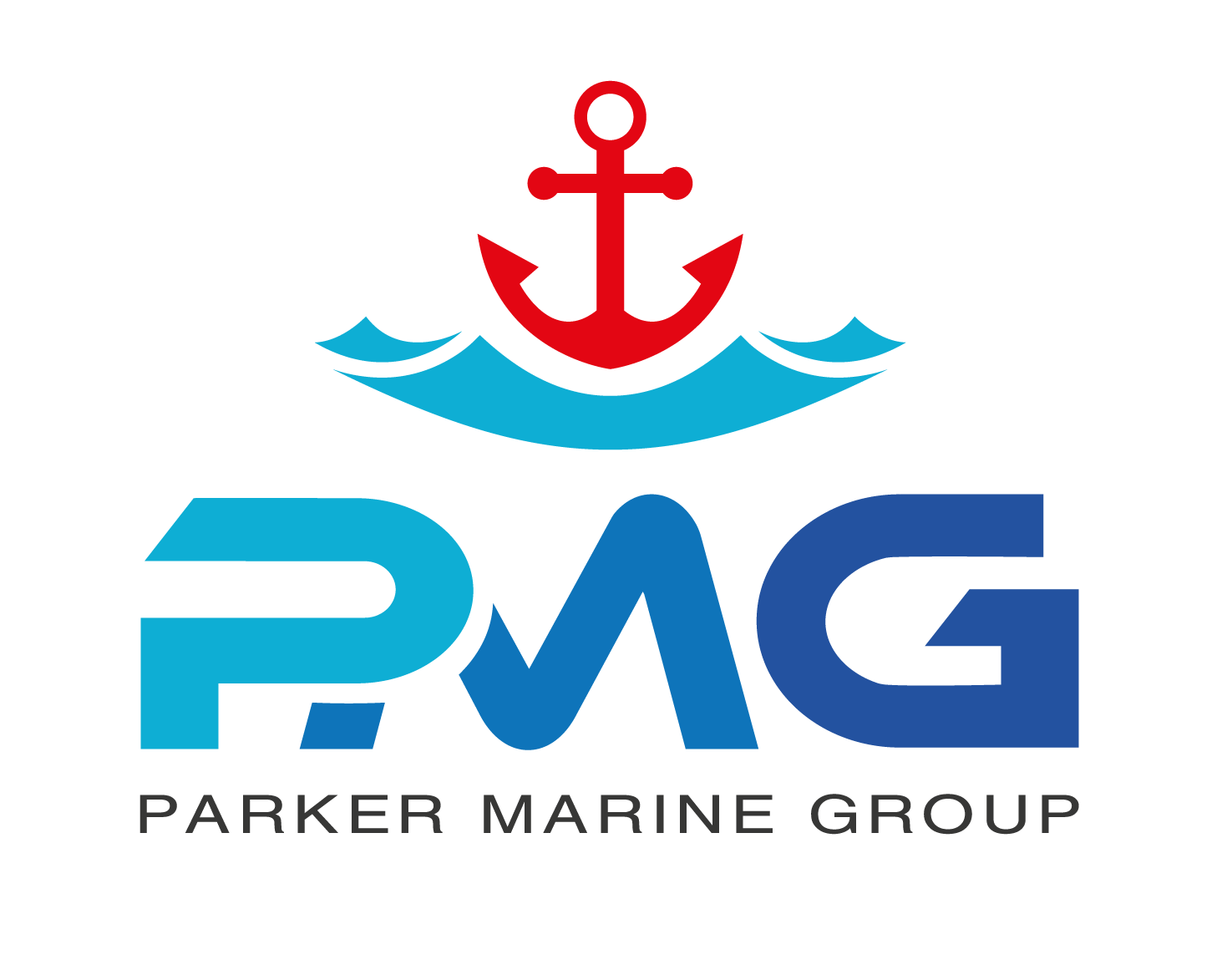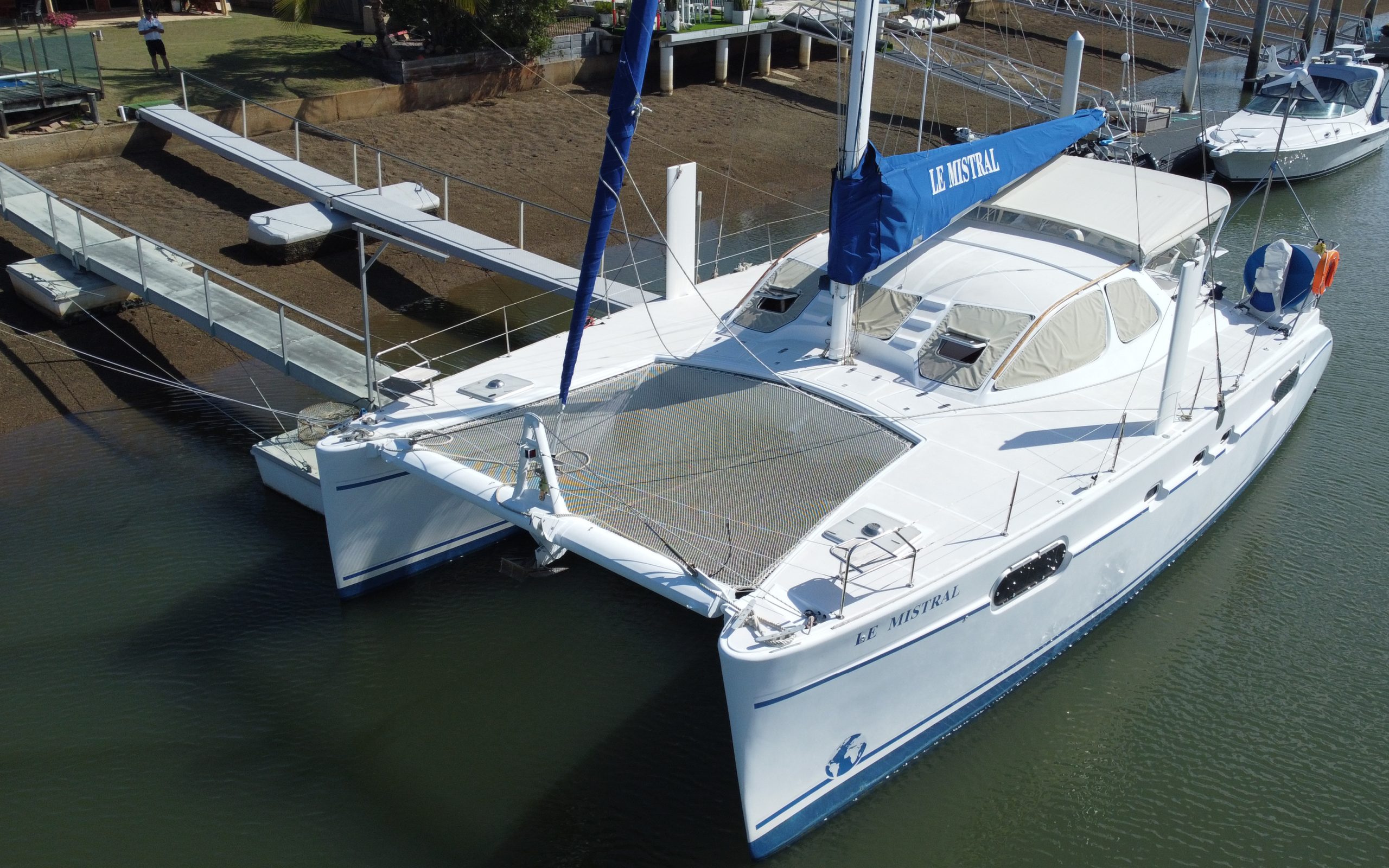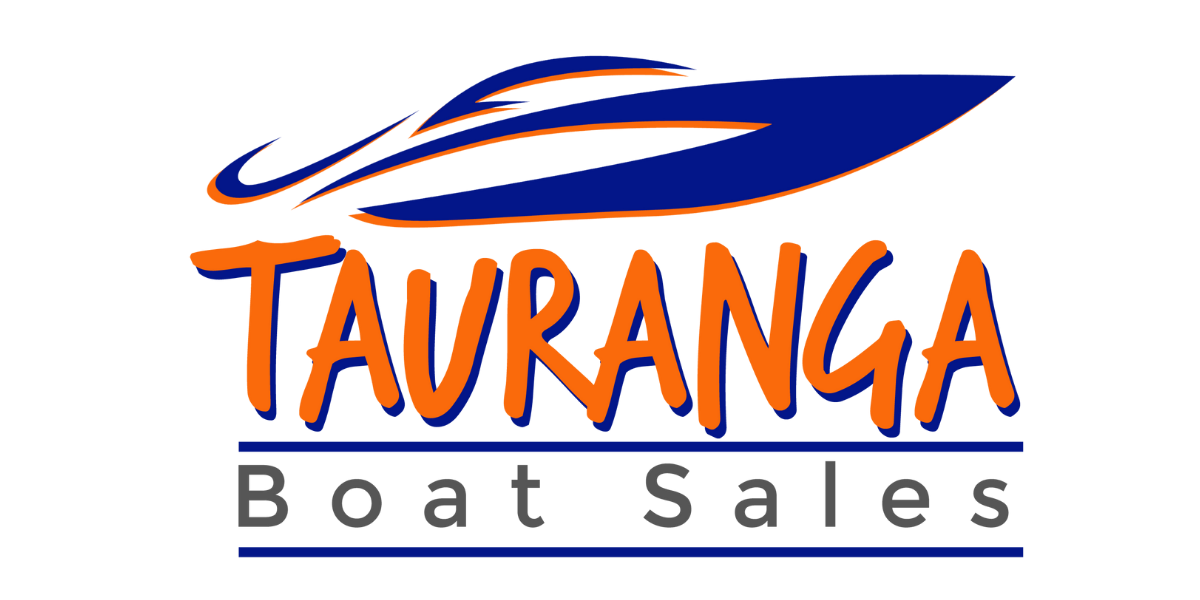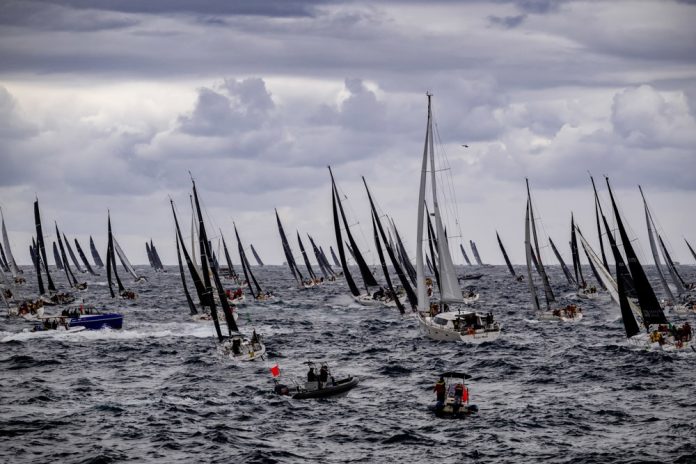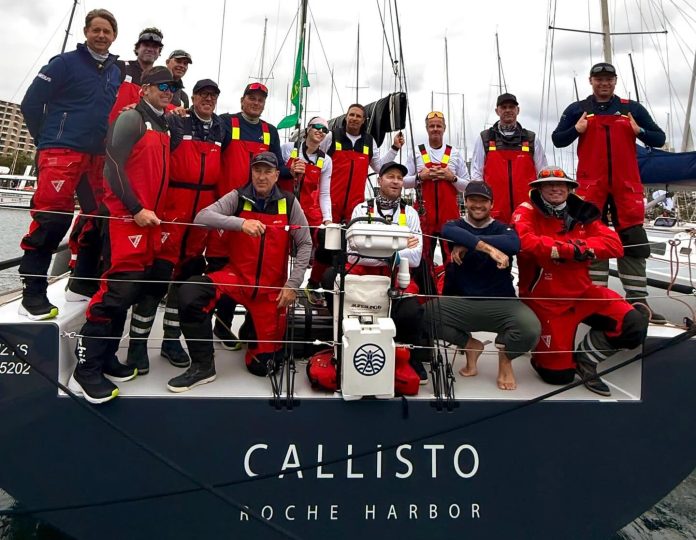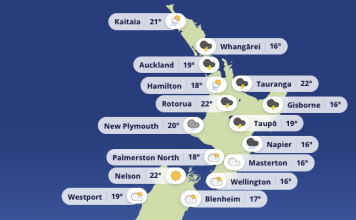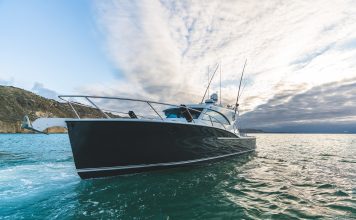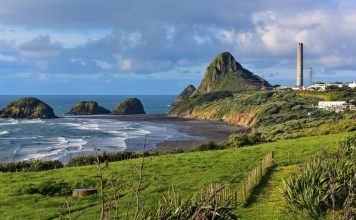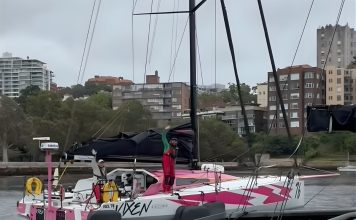Among the most serious incidents was what unfolded aboard Flying Fish Arctos, a 60-foot commercial training yacht operated by Flying Fish Sailing. The yacht had joined the race with a full crew that included paying sailors earning Royal Yachting Association (RYA) certifications, alongside professional instructors. Among those crew was Roy Quaden — a well-liked sailor whose presence had brought camaraderie to the boat. His death during the first night of the race has cast a long shadow and is now the subject of multiple investigations.
A commercial yacht in a complex race
Flying Fish Arctos is not your average Sydney to Hobart entry. As a Domestic Commercial Vessel, it operates under Australian Maritime Safety Authority (AMSA) regulations, in addition to the race rules set by the Cruising Yacht Club of Australia (CYCA). The dual compliance requirements — AMSA, RYA, and race-specific — place it in a unique, and arguably more complex, regulatory category. These complexities were felt immediately in the aftermath. The company, Flying Fish Sailing, opted not to participate directly in interviews with the CYCA Review Committee due to ongoing involvement with other authorities. A full police report is being prepared for the Coroner.
Despite this, one crew member did provide the committee with a detailed account — and their story helps reconstruct what happened.
The incident
That crew member, an experienced offshore sailor, had joined Arctos as part of a family holiday, describing the training, onboard atmosphere, and race preparation as excellent. The skipper was capable, the boat well-prepared, and the crew a cohesive unit. Conditions during the early stages were described as exhilarating — 25 knots of breeze, a poled-out jib, and good progress in the boat’s division. As wind strength increased later in the evening, the crew began to reef down. The first reef went in without incident. As the crew approached midnight, preparations were made for the second reef.
During that manoeuvre, a crash gybe occurred. It wasn’t violent weather — around 25 to 30 knots, a confused sea, and pitch darkness — but something misaligned. The headsail didn’t come across cleanly and appeared caught on the inner forestay. As the crew tried to resolve it, the boom gybed unexpectedly. One crew member was struck and thrown hard against the port rail — fortunately tethered — but in shock and pain. They initially believed it was the boom or mainsheet that had hit them, but later speculated they may have been struck by Roy, who had in turn been hit by the boom.
Roy had been on the same watch and was possibly moving from his usual position when the gybe occurred. When the injured crew member later surfaced from below, Roy was already receiving medical attention from three trained medics onboard — an anaesthetist, a plastic surgeon, and an A&E nurse. Despite every effort, Roy’s injuries were not survivable.
A race within the race: Medical and comms response
What followed was a technically competent but emotionally taxing series of events. Arctos contacted Race Control, who involved AMSA’s Telemedical Advisory Service within 20 minutes. The yacht altered course toward Jervis Bay. NSW Police arranged an escort into the naval base. Support from police and Defence Force staff was described as compassionate and professional. Meanwhile, the injured crew member — still dealing with their own trauma — returned to Sydney by train and eventually rejoined their family in Hobart, where the wider sailing community offered support and condolences.
Medically, the yacht was as well-prepared as any could be. But communication shortcomings stood out. Another yacht nearby had an experienced ICU doctor onboard — a Director of Intensive Care Services and seasoned yacht medic — who was ready to assist by VHF or satphone. But attempts to establish contact failed. All communication remained on Channel 16, the international distress and calling frequency. No one switched to a working channel, and repeated attempts to connect with Arctos went unanswered. It remains unclear if the satphone number provided was received. Amid the flurry, a possible defibrillator transfer was discussed — but in the end, was unnecessary.
This breakdown in local coordination is now under review. Although the global emergency system activated quickly and professionally, the on-the-water coordination between yachts appears to have faltered. Several nearby boats were unaware of the level of medical training onboard Arctos. VHF traffic became cluttered, and several unqualified suggestions were made over the open channel — well-meaning but potentially disruptive in a high-stakes moment.
Was it preventable?
The big question now — the one no review can dodge — is what caused the crash gybe. Was it human error? Equipment failure? A misjudgement of the sea state? The boom brake was fitted and reportedly on, but may not have been reset properly after the first reef. The crew member who spoke to the Review Committee said the boat didn’t feel overpowered, but acknowledged the sea was confused and visibility nil. It’s possible the helm lost control or that the crew was misaligned in their sail handling.
What they do not believe, however, is that this was the result of dangerous conditions. “25 to 30 knots,” they told the committee, “was well within the crew’s capabilities.” The implication is that this tragedy was not the product of recklessness — but of a finely balanced manoeuvre, one small mistake, and a fatal moment of misalignment.
The broader context
The Flying Fish Arctos tragedy wasn’t the only incident that night. Another sailor, Nick Smith aboard Bowline, died in a separate and unrelated medical emergency. At least three yachts dismasted. One sailor fell overboard and was successfully rescued after nearly an hour in the water — a testament to AIS and PLB technology. But the death of Roy Quaden, under sail and during a seemingly routine operation, stands as the most haunting moment of the race.
For the offshore community, Roy’s story is deeply affecting. He was a loved member of the crew, a man with a zest for sailing and a generous spirit. His loss is a reminder of what offshore racing demands — and sometimes takes. For Flying Fish Sailing, for the CYCA, and for regulators, the focus now turns to what lessons can be drawn.
Boom brakes, reefing drills, comms protocols — all will be revisited. But in the end, the ocean always has the last say. The 2024 Sydney to Hobart will be remembered not just for tragedy, but for the clarity it brings: offshore sailing is never routine, and the margin for error can be as narrow as a gybe in the dark.
Note: The following article is based on details published in the Rolex Sydney Hobart Yacht Race 2024 Review Committee Report, dated 15 May 2025.
CYCA releases independent safety review after tragic 2024 Sydney Hobart








